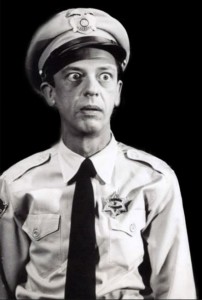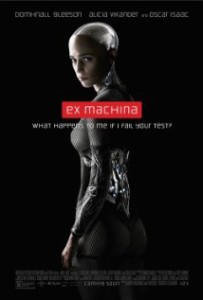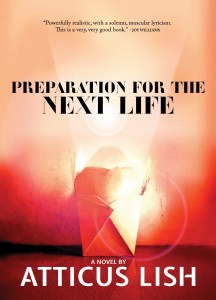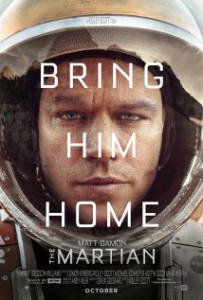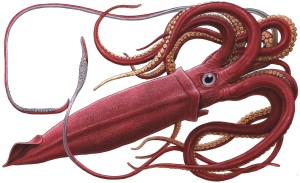I have 11 minutes of screenplay written for my adaptation of Desert Justice, a cop novel I recently completed. So far, writing it has been an amazing learning experience. I can already see how the novel needs to be reorganized.
I laid out a 110-minute beat sheet (see below) based on a chapter-by-chapter outline of the novel, and immediately saw that my novel’s opening was not the right place to start. Going through the beat sheet (a composite template I invented by combining generic plot points from Save the Cat and Aristotle’s Poetics), I had to extract only main characters and essential plot points, select the most dramatic and visual scenes, and ignore 95% of the narrative exposition. The result was an amazingly tight story, told in a better sequence than it was in the novel, and focusing more strongly on the arc of my main character.
I now believe that adapting a novel into a screenplay is the perfect way to improve the story structure. Enthusiastic as I am about the screenplay format, I have some ambivalence about how much of the story is left up to the audience’s imagination, or just left out altogether. For example, here is a random snippet from the novel that is presented by the third-person narrator and must be left out of the screenplay:
The men kept pull-over vests in the trunk, but rarely used them. It had been hard to get used to that, coming from patrol into detectives. Without Kevlar, a patrol officer feels like he’s walking around naked. But detectives are talkers, not shooters, and a bulky vest on civilian clothes makes you look like a turtle. Puts people off.
I could put those words into a character’s mouth and get them into the screenplay that way, but it would make poor dialog, and besides, it’s not essential information to the plot. Later in the story the Kevlar vests play a role in a plot moment, but they can just appear from the trunk of the car without explanation. Here, the foreshadowing explanation just adds a little psychological coloring to the character. It’s that kind of nuance that makes novels enjoyable to write and to read, but a screenplay is strictly the vital amino acids, not the whole feast.
I’m realizing now that if you get the basics of the screenplay right, the novel it represents can be organized efficiently and effectively around those essentials. Unfortunately, it is not possible (for me) to write the screenplay first. I need the elbow-room the novel gives me to develop the characters in all their sprawling nuance before I can identify the essential elements of them, and of the story line. Maybe someday I’ll be so good I can sit down and from thin air, fill in my story points in column one of the template below.
Aristotle Saves the Cat: Beat Sheet Template
1 min = 1 page
| My Story Points | Main Beats | Min | Micro-Beats | Purpose |
| Act 1: Opening Image | 0 | Status Quo (SQ) | Est. MC’s world and character. | |
| Hook | 5 | Show or tell the theme | MC has a dominant trait and a hidden need (hamartia) | |
| Inciting incident | 10 | Trigger event and… | Disturbs the SQ, sets the plot in motion. | |
| Reaction | Story goal is set in reaction to trigger | |||
| 15 | Initial failure | Initial actions fail, making things worse | ||
| Rubicon | 20 | Point of no return | MC is way over his head, acts irreversibly, perhaps without realizing. | |
| Act 2
|
30 | Romantic story begins, often badly | MC acts, often overconfident, and fails | |
| 35 | MC is bewildered | Each response creates the next obstacle | ||
| 40 | Stakes are raised | MC is not aware of hamartia; can’t go back | ||
| 45 | Escalation | MC is tested, fails. | ||
| Turning point begins | 50 | Some hope is seen. The romance develops | A plan becomes possible. | |
| 55 | Obstacles escalate | Despite best efforts, plan fails | ||
| Midpoint | 60 | Obstacles get stronger | Relationships break down | |
| The Pit | 65 | Hope is dashed | No other options | |
| 70 | Things get worse | Seemingly insurmountable obstacle arises | ||
| All is lost | 75 | MC is ruined | Dark night of the soul; Despair | |
| Rock Bottom | 80 | Complete Failure | Only ashes left; MC gives up. | |
| Critical Choice | 85 | MC takes a chance | New plan based on Irrational decision goes against type | |
| 90 | Confront the inner demons | Overcomes hamartia with courage etc | ||
| Act 3 | 95 | Climax confrontation | White vs black hats. | |
| 100 | Reversal | Overcomes story obstacle | ||
| 105 | Resolution and catharsis | MC epiphany and triumph (or noble death) | ||
| Final Image | 110 | Mirrors the opening image | New SQ. Nothing will ever be the same |


